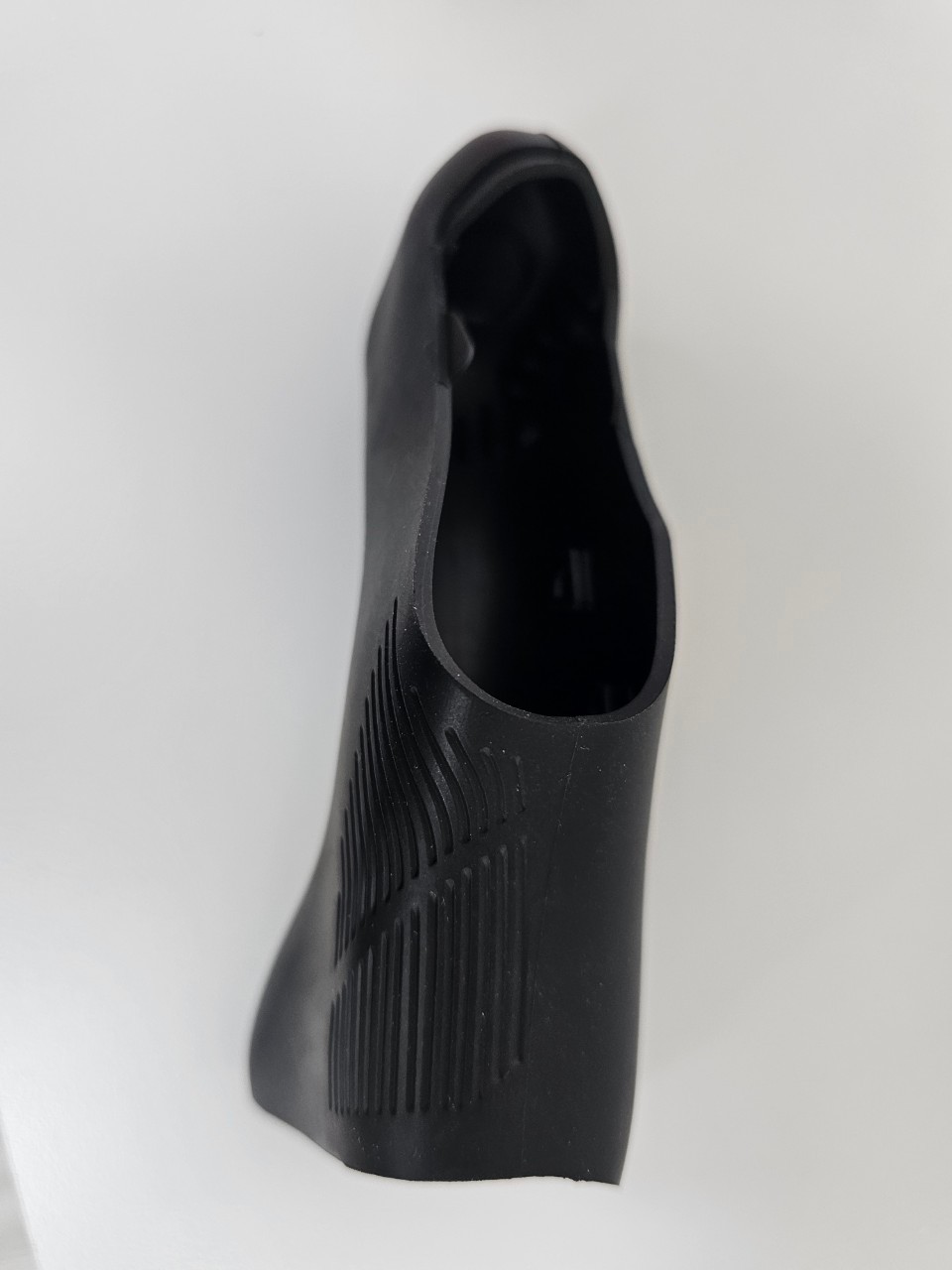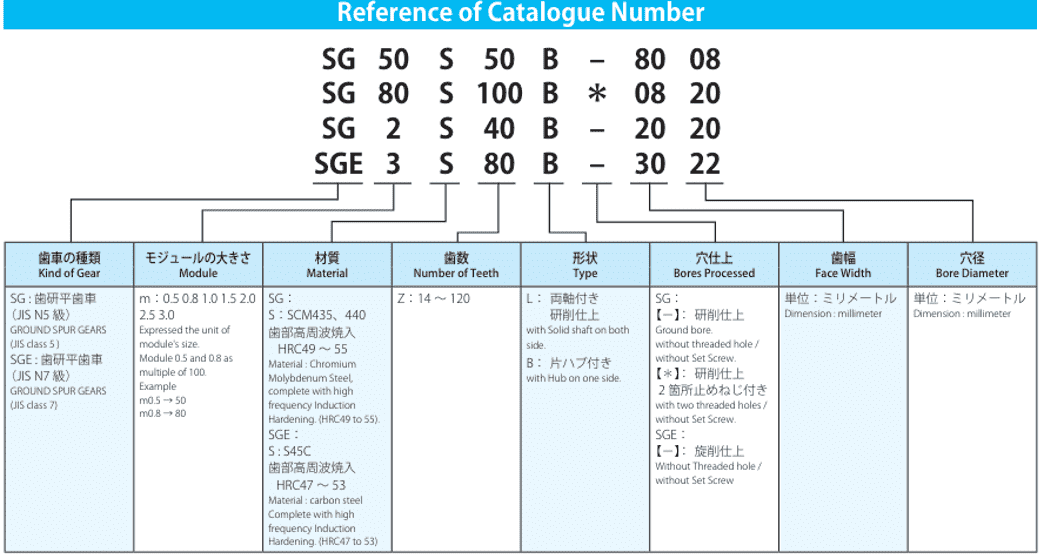How Custom Gears Enhance Performance in Modern Machinery
In the rapidly evolving world of machinery, the demand for efficiency, precision, and durability is higher than ever. One of the unsung heroes that contribute to the smooth operation of modern machines is the gear. While standard gears are often used in many applications, custom gears are becoming increasingly popular for enhancing performance, particularly in prototyping and product development. These tailored solutions offer a range of benefits that standard gears simply cannot match, improving efficiency, reducing wear and tear, and ensuring better overall machine performance. Let’s explore how custom gears elevate modern machinery and the unique advantages they offer to businesses in prototyping and product development.
Table of Contents
- Introduction: The Role of Custom Gears in Modern Machinery
- What Are Custom Gears?
- How Custom Gears Enhance Performance
- Advantages for Prototyping and Product Development Companies
- Conclusion
What Are Custom Gears?
Custom gears are gears that are specifically designed and manufactured to meet the unique needs of a particular machine or application. Unlike off-the-shelf gears, which are produced in standard sizes and configurations, custom gears are tailored to fit the exact specifications of the machinery they will be used in. This customization can involve adjustments to size, shape, material, tooth profile, and even gear ratio, ensuring that the gear is perfectly suited to the operational requirements of the equipment.
Custom gears can be made using various manufacturing techniques, including CNC machining, 3D printing, and traditional casting or forging. Depending on the specific needs of the machinery, these gears are designed to handle various loads, speed requirements, and operational environments.
How Custom Gears Enhance Performance
1. Precision and Efficiency
One of the primary advantages of custom gears is the level of precision they bring to modern machinery. When gears are tailored to the exact needs of a system, the result is smoother operation, reduced friction, and more efficient power transmission. This is particularly crucial in industries that demand high performance, such as automotive, aerospace, and robotics.
Custom gears can be engineered to handle specific torque levels, alignments, and rotational speeds, which can optimize the overall performance of a machine. For example, in a robotic arm, precision gears ensure that the arm moves with accuracy, preventing slippage and reducing energy losses. In automotive applications, custom gears can improve transmission efficiency, leading to better fuel efficiency and smoother operation of the vehicle.
2. Enhanced Durability
Tailored gears can be designed with durability in mind, especially in demanding environments where standard gears might fail prematurely. Whether it’s high-stress mechanical systems or harsh operating conditions, custom gears can be made from a range of materials suited for the task at hand. These materials can include high-strength alloys, heat-treated metals, and even composites that offer better resistance to wear and tear.
Custom gears can also be designed with surface treatments or coatings that enhance their resistance to corrosion, wear, and fatigue, further prolonging their lifespan and minimizing downtime. This is especially important for industries that rely on machinery for critical operations, as downtime can lead to significant financial losses and operational inefficiencies.
3. Optimized Gear Ratios
Custom gears allow for the creation of optimal gear ratios that improve the overall efficiency and performance of a system. The ability to fine-tune gear ratios enables machinery to achieve specific speeds, torque, and power transmission characteristics, which is crucial in applications that require precise control, such as in medical equipment or high-performance industrial machines.
For example, in electric vehicles (EVs), custom gear ratios are used to maximize the efficiency of the drivetrain, ensuring that the vehicle operates smoothly across a range of speeds while conserving energy. In robotics, custom gears with optimized ratios ensure that each joint and actuator performs in sync, leading to precise movements and better control.
4. Compact Design and Space Efficiency
In many modern machines, space is at a premium, and custom gears can be designed to meet spatial constraints while maintaining high performance. By tailoring the size, shape, and configuration of gears, engineers can create compact systems that achieve high power density in small packages.
For industries such as aerospace and medical devices, where size and weight restrictions are particularly important, custom gears offer the ability to design systems that are both efficient and space-saving. Compact gear designs can help reduce the overall weight of machinery without compromising on performance, making them ideal for lightweight applications such as drones, portable medical equipment, or unmanned vehicles.
5. Noise and Vibration Reduction
Another significant benefit of custom gears is their ability to reduce noise and vibration. In many applications, excessive noise or vibration can lead to machine failure, decreased lifespan, and poor user experience. Custom gears can be designed to mesh more smoothly, reducing the impact of friction and minimizing noise during operation.
For example, in industrial machinery or robotics, reducing noise can improve working conditions for operators, while in consumer electronics, quieter gears lead to a more enjoyable user experience. The reduction in vibration also contributes to the longevity of components by reducing the strain on other parts of the machinery.
Advantages for Prototyping and Product Development Companies
For prototyping and product development companies, custom gears provide an invaluable advantage. Customization enables designers to create gears that are perfectly suited to the specific needs of a prototype, whether it’s a new product design or a small batch production run. The ability to quickly prototype and iterate on gear designs without relying on standard gear sizes allows for faster product development cycles and more efficient testing.
1. Rapid Prototyping and Iteration
In product development, speed and flexibility are essential. Custom gears can be quickly designed and tested in various prototypes, allowing companies to experiment with different materials, gear profiles, and configurations. This rapid prototyping process enables companies to evaluate performance and make necessary adjustments in real time.
2. Better Integration with Existing Systems
When developing new machinery or equipment, custom gears can be designed to seamlessly integrate with existing components, ensuring compatibility and reducing the need for extensive redesigns. This is particularly beneficial for companies looking to upgrade or modify existing products without the need for entirely new components.
3. Innovation and Competitive Edge
By using custom gears, product developers can create innovative solutions that offer distinct advantages over competitors who rely on standard gear designs. Custom gears allow for more flexibility in design, enabling companies to introduce cutting-edge features, enhance performance, and differentiate their products in the marketplace.
Conclusion
Custom gears play a critical role in enhancing the performance of modern machinery. From improving precision and efficiency to ensuring durability and optimized gear ratios, these tailored solutions offer significant advantages over standard gears. For prototyping and product development companies, custom gears provide the flexibility and innovation needed to push the boundaries of modern machinery and create high-performance products. By investing in custom gear solutions, businesses can ensure that their machines operate at peak efficiency, ultimately leading to greater success in today’s competitive market.


